New Delhi : Through the research conducted over the last 18 months on COVID-19, it is evident that it is primarily an airborne infection.
Nirvana Being conducted a study with Dr. Nitish Dogra, MD, MPH (Johns Hopkins University, United States) to understand essential means of preventing COVID-19 in children.
Dr. Dogra in his study used the Swiss Cheese Model to explain that any single action for prevention is not adequate to protect against COVID, and it is in fact dependent on several precautions that an individual must take at a personal and at a social level to minimise the chances of transmission.
Lately, schools are preparing to open their gates for children soon. Some of the major personal precautions that will be compromised include (a) Lack of physical distancing, (b) Children may not be able to follow hand hygiene and cough etiquettes as efficiently, (c) Classrooms tend to have large number of children in a single room, therefore resulting in limited ventilation, and (d) Lack of government aid to support the schools financially to implement the guidelines and protocols necessary for ensuring safety of staff members and students.
COVID-19 can either be symptomatic or asymptotic, so even if children are not showing symptoms, they could be carries and infect people around them. The long-term effects of COVID-19 are still unknown, whether it impacts the children’s development in the long run.
Keeping in mind all the above-mentioned issues, COVID Masks for kids have been recommended by Dr. Dogra in his study, to be playing a vital role as an intervention strategy, to protect them against COVID-19. Evidence from other studies suggest that wearing safest masks for kids not only makes the transmission less likely, but has also shown results to substantially reduce the hospitalisation rates.
It is not easy to constantly wear a mask for a long duration, especially for children. Therefore, it is imperative to ensure that parents have got the most comfortable mask for kids and the children are aware about the correct way of using the mask and be taught to wear it at all times. Notably, the safest mask for kids is the one they wear at all times. Other methods of intervention are using face shields or spectacles. Schools, on the other hand, need to ensure that teachers and staff members are vaccinated and are always using masks. Improved ventilations through open doors, windows and fans, air filtration to filter airborne particles and purification methods using ultraviolet germicidal irradiation protection also need to be carried out.
However, Dr. Dogra advised in his study that children below the age of 2 years, or the ones having any breathing difficulty, or who are unable to remove the masks on their own when needed, should avoid using masks, and a doctor must always be consulted before you make your children wear a mask.
(Disclaimer–Features may vary depending on the regions; subject to change without notice.)
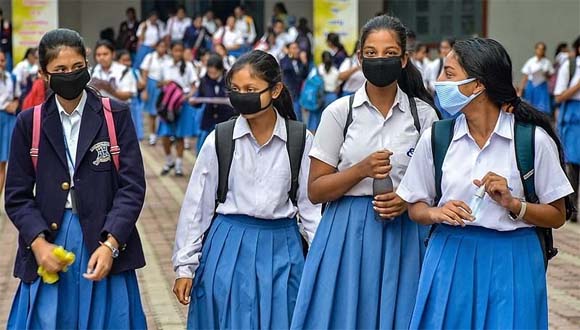

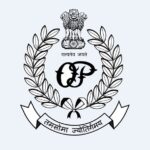
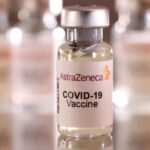



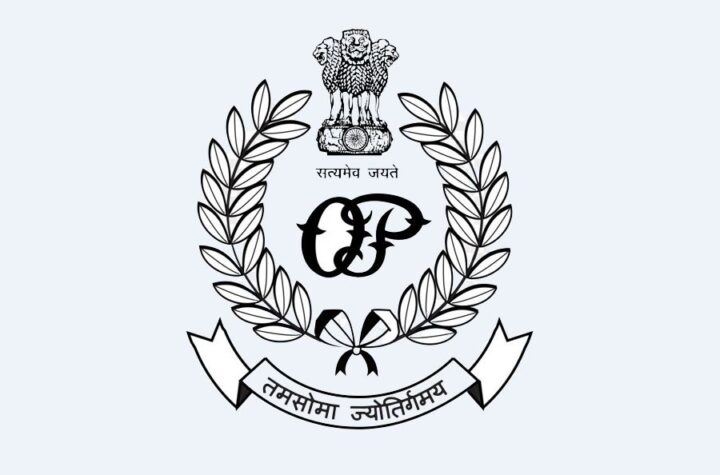
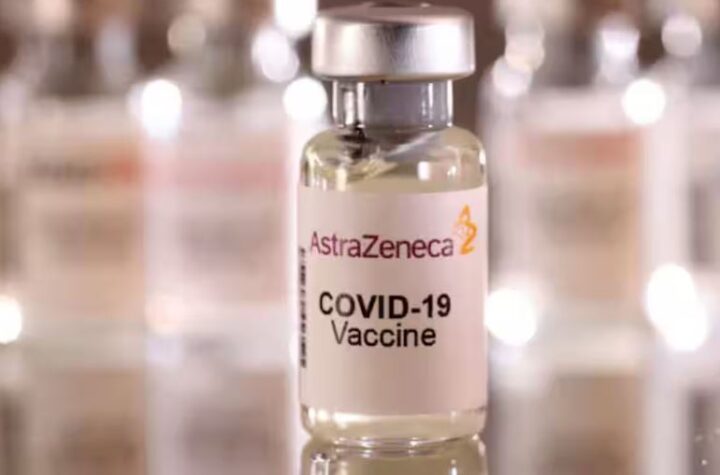


More Stories
Odisha Crime Branch arrests 3 Directors of 2 Fintech companies for Cyber Fraud
AstraZeneca withdraws Covid-19 vaccine globally, months after admitting rare side effects
India – New Zealand joint trade committee acknowledges in both economies